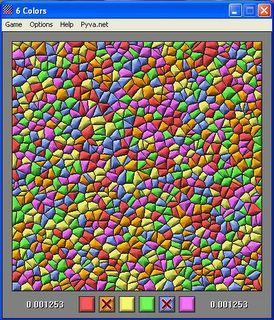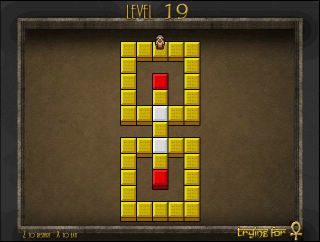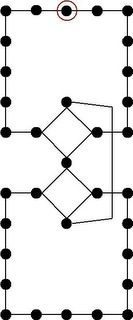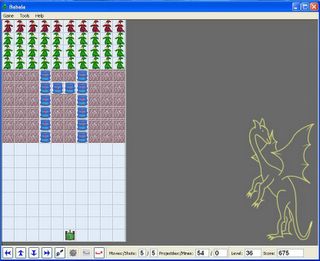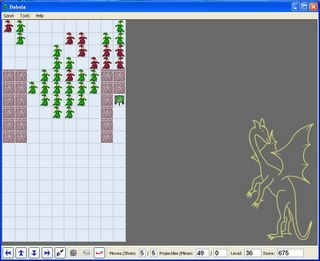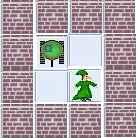Rant: Passwords
If you have read some of my previous blog entries, you know that I am not a fan of passwords as a method for keeping track of a player's progress. They are annoying, especially if you are stuck on a tough level. Also, they are unnecessary; just save the player's state to disk, or better yet allow the player access to every level. I do not like passwords, but I put up with them. However, there is a more nefarious password system which some puzzle and logic games use: the password every fifth level system. In these games, some sadistic designer or program decided it would be a nifty idea to only handout passwords after the successful completion of every fifth level. The effect of this is that if you get stuck on level 23, when you return to game, you have to repeat levels 21 and 22 before getting another crack at level 23.
This week, I am going to tell you about three games which use such a password system. The sad part is that these are otherwise very good games. Please do not download them. It will drive you crazy that such good games have been ruined.
The Pickles
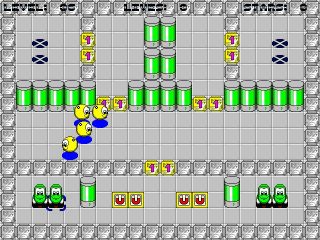
Your goal is to get each pickle to an exit. Standing in your way are various blocks which the pickles can push around. Or by gaining one of three special powers, pickles can pull blocks, break blocks, or fly over them. You also have to avoid the "enemies" on your way to the exit. There are fifty levels, and they are of high quality. The interesting aspect is that the pickles often have to work together: one pickle moving a block so that another can get to an exit. Passwords every five levels completely ruins a potentially great game.
Mushroom Man

The usual thing: get Mushroom Man to the exit. The obstacles include locks, guards, holes, water, and walls. To get around these obstacles there are keys, money (to bribe the guards), cement, oxygen tanks, and bombs. The teleporters are often handy. The levels are well designed. The designer often toys with you by placing unnecessary tools about to throw you off the trail. Mushroom Man contains 150 levels, I think. I only completed 85 before the password every 5 got to me. Ugh.
Atomic

This one is slightly different. Passwords are given out every six levels. In Atomic, your job is to form the target molecule by moving the atoms around. Moving an atom causes to slide until it hits a wall or another atom. I did not get very far in this one because there is another version without this silly password system.
